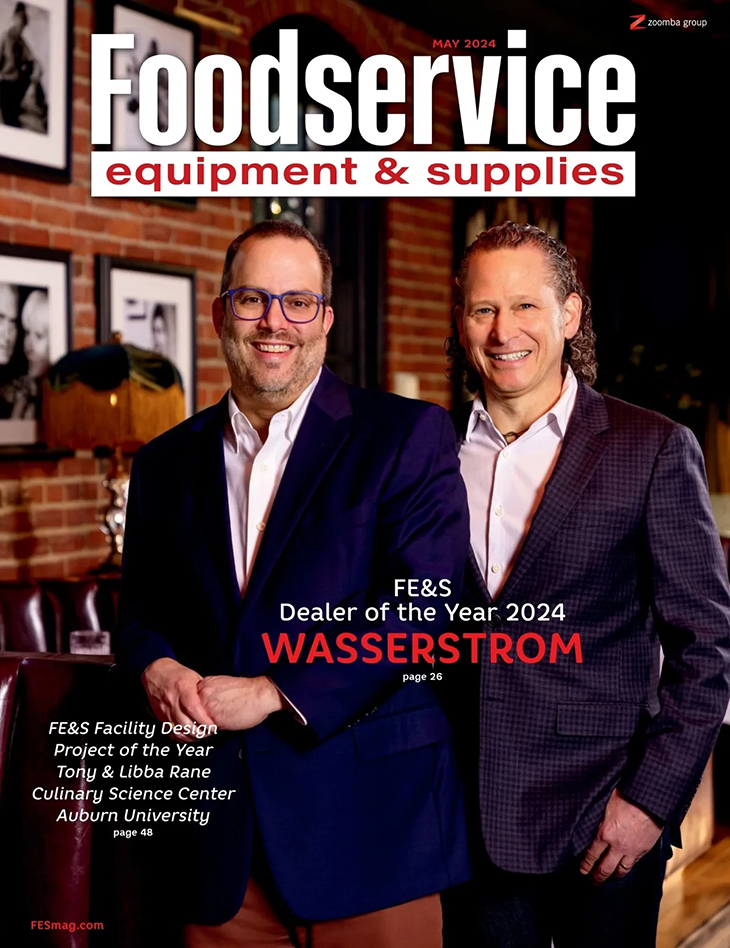Joe Carbonara’s recent article on potential really struck a chord with me. Potential is both a beautiful and scary concept.
It uncovers feelings of hope but can also lead to frustration if one does not reach their potential. I must say that I agree completely with the points he makes, even the quarterback analogy. As a fan of the Miami Dolphins, I can say we’ve certainly had our own quarterback challenges since Dan Marino retired. To think that we could have drafted Drew Brees. Frustration becomes an understatement when you look at the potential impact he could have had on the Dolphins. But I digress.
Having potential is a great quality for any of us or any concept, but potential does not do much until it becomes reality. And the only way to turn potential into reality is to harvest it. Until the change happens, its potential is like art on the wall; the possible change may sound and look nice, but it is not yet driving results and showing the customer the money.
When starting a project, we conduct an assessment of potential in all areas of operations and design. During this study, we uncover the potential for efficiency improvements that can drive a higher level of unit economics. During the assessment phase, we also compare the chain’s performance to competitive industry benchmarks across many areas to quantify the potential impact any changes or updates made can have on the concept. This would include improvements in operational processes and procedures, facility design, service levels, throughput capacity, product quality, concept investment, products and profitability, among other areas.
Technology, including foodservice equipment, software and the like, serves as a prime area for concepts to realize their greater potential. Every concept seeks equipment and technology that will drive operational improvements. My presentation at the Foodservice Equipment and Design Thought Leadership Summit explores a variety of ideas about how to objectively measure the potential impact automation and innovation can have on a design. This possible improvement can be measured objectively, and results predicted by using many different analytical techniques.
Take, for example, labor. Considering the high cost and low availability of labor, all concepts need to find ways to drive efficiency in this area. Keep in mind that labor savings in terms of time saved for a task by itself do not constitute a reduction in labor until these savings result in fewer hours on the schedule. Other potential improvements that can drive better unit economics include customer service, peak hourly sales throughput, product quality and consistency.
How many times have I used the word “potential” in this article so far? You can compare potential to hope, but neither one will drive the improvement in unit economics until a foodservice operation takes action. Our job as industry providers is to help brands reach their potential. For brands, the key is to embrace the possible changes to bring home the potential improvements.
As you go about your daily business, ask yourselves one question: How can you help a foodservice operator uncap a foodservice operator’s potential? Whether you offer design services, equipment or other forms of technology, this is a critical question to answer as it helps articulate your value proposition and differentiate your company from the competition. How does what you do drive potential improvements in sales and profits, better customer experience, higher product quality, better consistency of service, or in other areas of the operations and concept design?
So go out and uncap the potential for your customers. As you are at it, also drive potential improvements for your own concepts as well!




